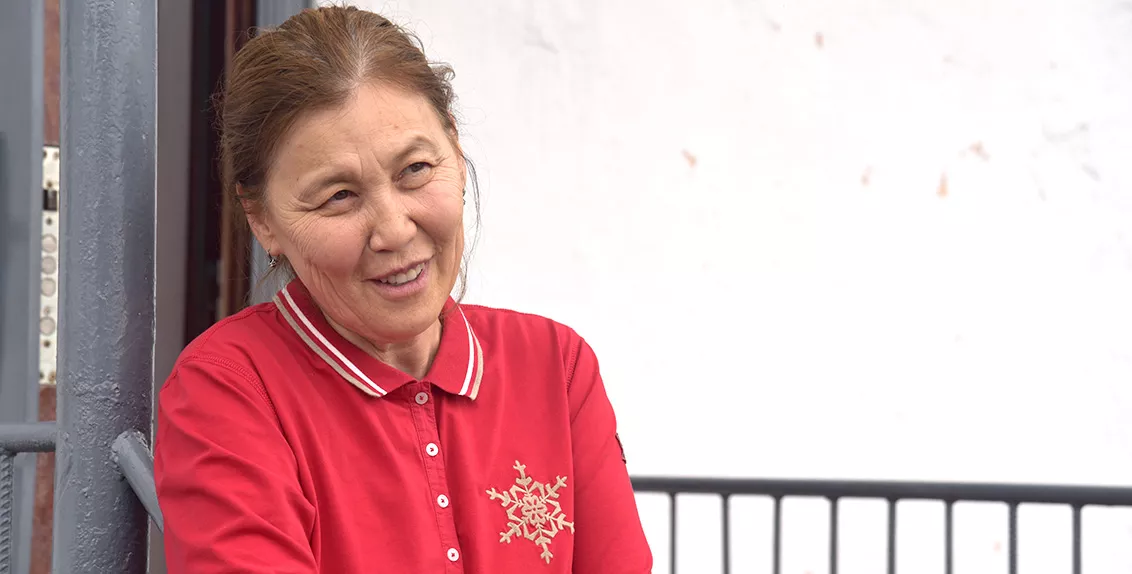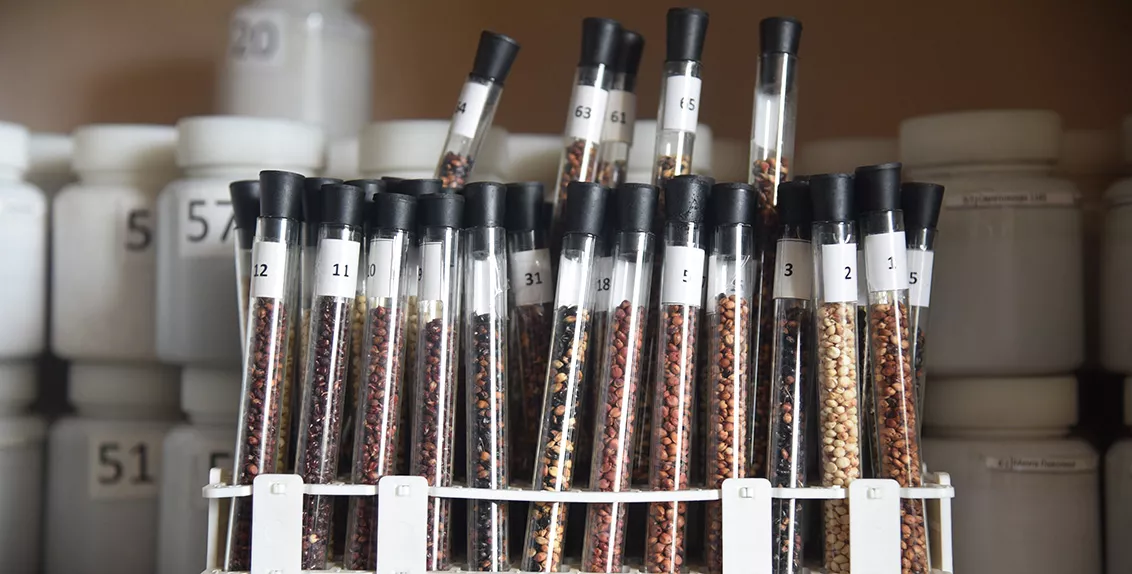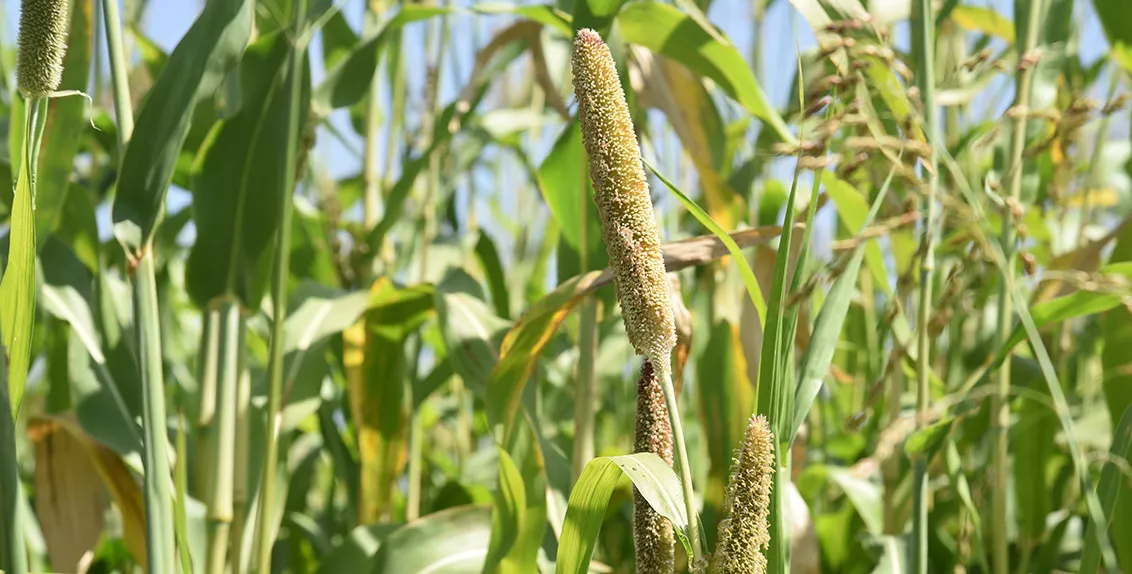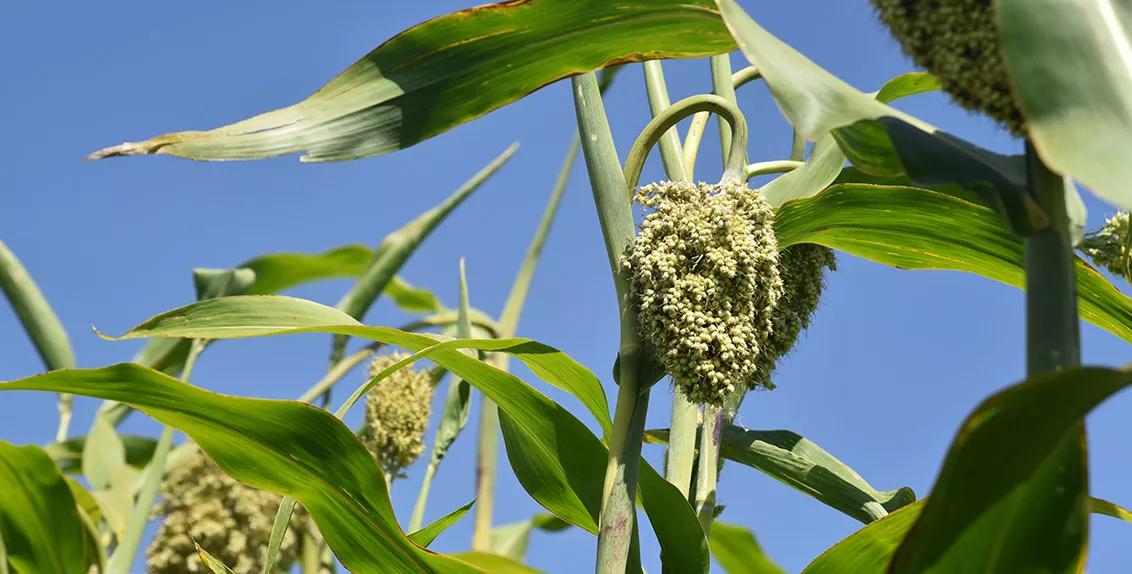Sorghum, pearl millet show promise as alternative crops in Kazakhstan
9 December 2018
In recent years, Kazakhstan has been experiencing a fall in production and export of wheat, the main cash crop of the country. The decline is not only due to the reduction of cultivated areas caused by salinization, but also unusually cold spring weather.
With more than 80 percent of its territory covered with steppes and deserts, Kazakhstan is the largest country in Central Asia. It ranks the sixth largest wheat producer in the world, exporting to over 70 countries.
However, the changing climate patterns and rising salinity have forced the government to take alternative measures and encourage crop diversification. And farmers are following suit.
A few years ago Ms. Manshuk Jeksembekova returned to Kazakhstan. Today she is running her own agri-business.
Ms. Manshuk Jeksembekova is a scientist with extensive work experience; she worked as a research assistant at the University of Texas, USA, and at the Vienna Bio Center, Austria. After pursuing her Ph.D. degree in biology, she returned to her village and opened a laboratory to analyze the composition of the soil and determine the level of its fertility.
At the same time, she owns a farm, specialized in seed production for winter wheat, barley, soybean, safflower and corn. In the last four years, the International Center for Biosaline Agriculture (ICBA) has collaborated with the farm for cultivation and introduction of new drought- and salt-resistant crops in Kazakhstan such as sorghum and pearl millet.
“Tests of introduced seeds (germplasm) of pearl millet have shown that the crop significantly exceeds maize and other cereal plants in terms of adaptation properties, grain yield and green biomass,” says Dr. Kristina Toderich, Regional Coordinator of ICBA in Central Asia and the Caucasus. “Pearl millet is resistant to a high degree of soil salinity, retains good nutritional properties and can be used to increase the economic value of unproductive saline lands.”
As a result of the crop diversification initiative to improve food supply in Kazakhstan, supported by the Islamic Development Bank (IsDB), two varieties of sorghum and one variety of pearl millet have been released and patented by the Kazakh Ministry of Justice.
Seeds sown at a depth of 3-5 cm germinate within 3-5 days. After the seedlings emerge, cultivation is carried out to prevent the crust and loosening of the soil. Following the removal of weeds, irrigation furrows are formed for watering.
With a plant height of 3–4 m, the crop forms up to 15 compact panicles on one multi-stem plant. Each panicle contains 1,000-3,000 grains of white, yellow, red or dark color. In April and early May, pearl millet is cultivated as the main crop. After the winter wheat harvest in mid-June and early July, it is also suitable for repeated cropping.
ICBA’s work is not limited only to introduction of new crops and technologies. During trials, several field days have been organized and through knowledge-sharing and dissemination, hundreds of farmers have been educated on the cultivation and use of the crops.
“Unfortunately, we are losing our soils to salinization,” Ms. Manshuk Jeksembekova says. “Growing traditional crops such as winter wheat becomes impossible due to a reduction in yield. We want to replace it with new crops. However, the marketing remains the main obstacle. Along with the introduction of new varieties, we must also determine our future markets.”














